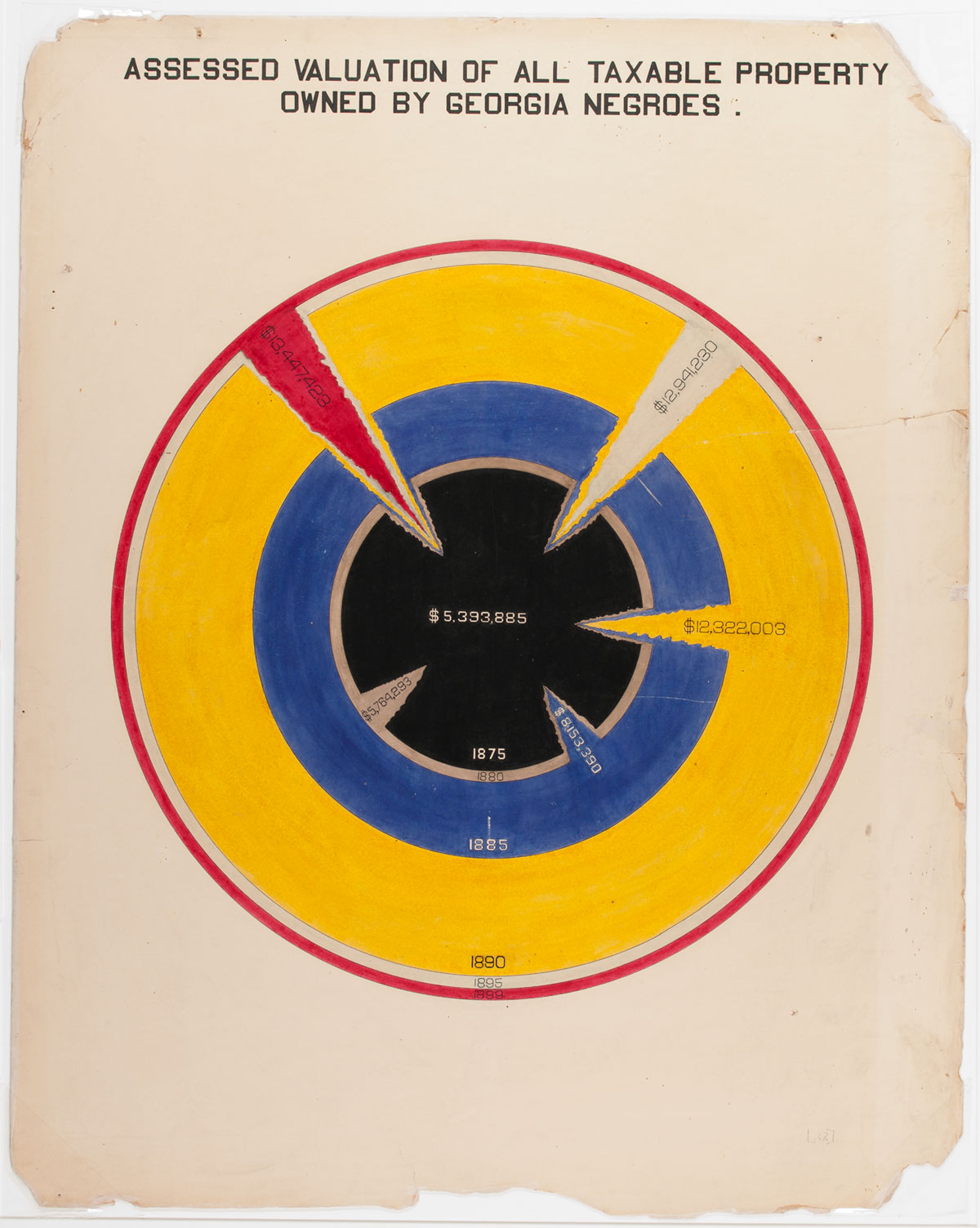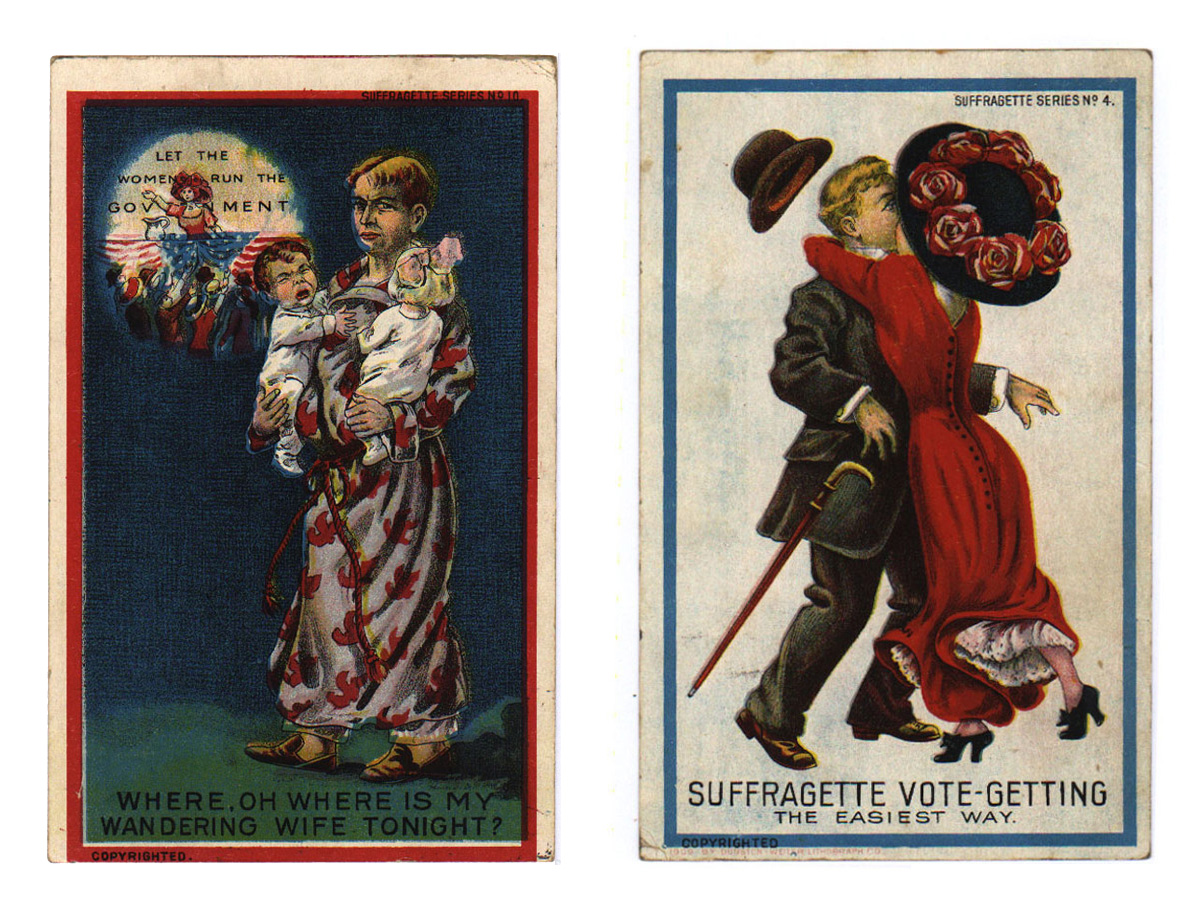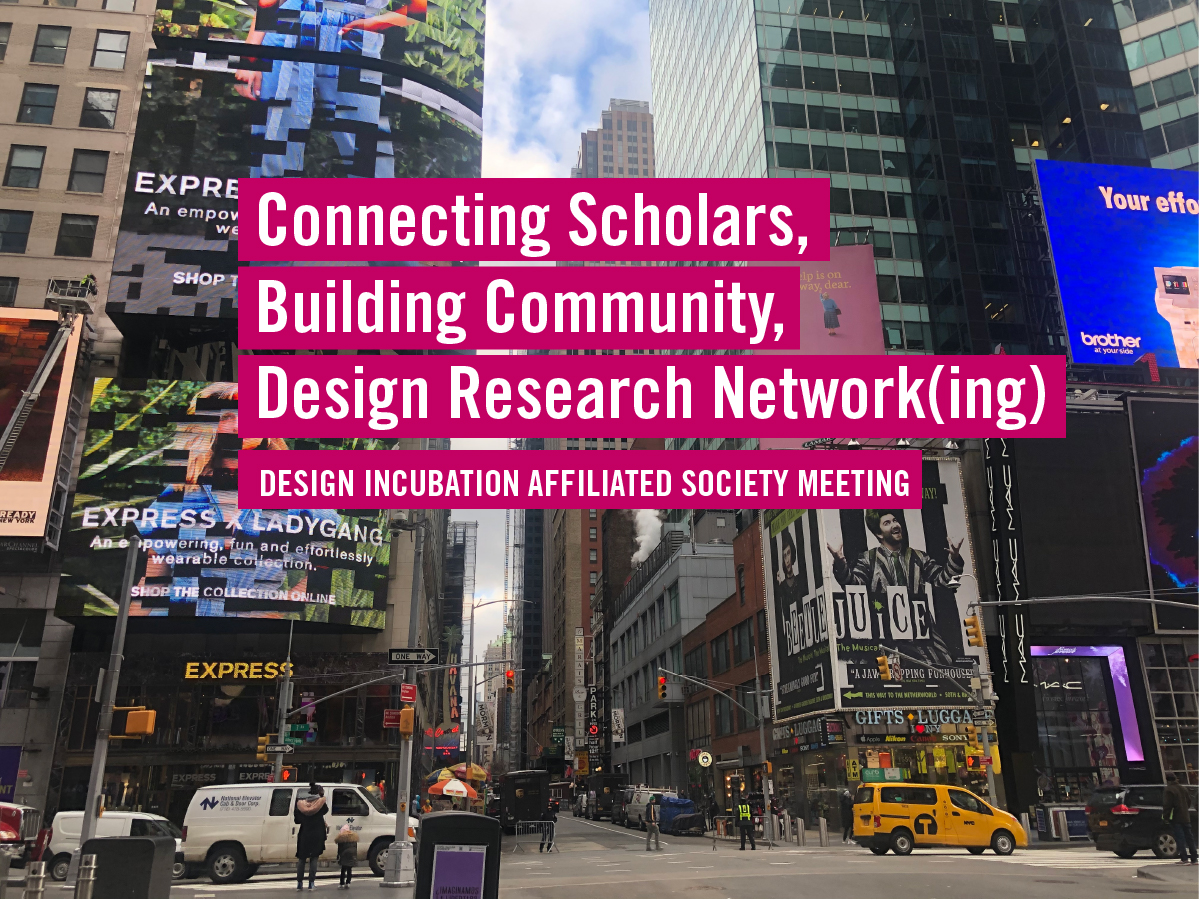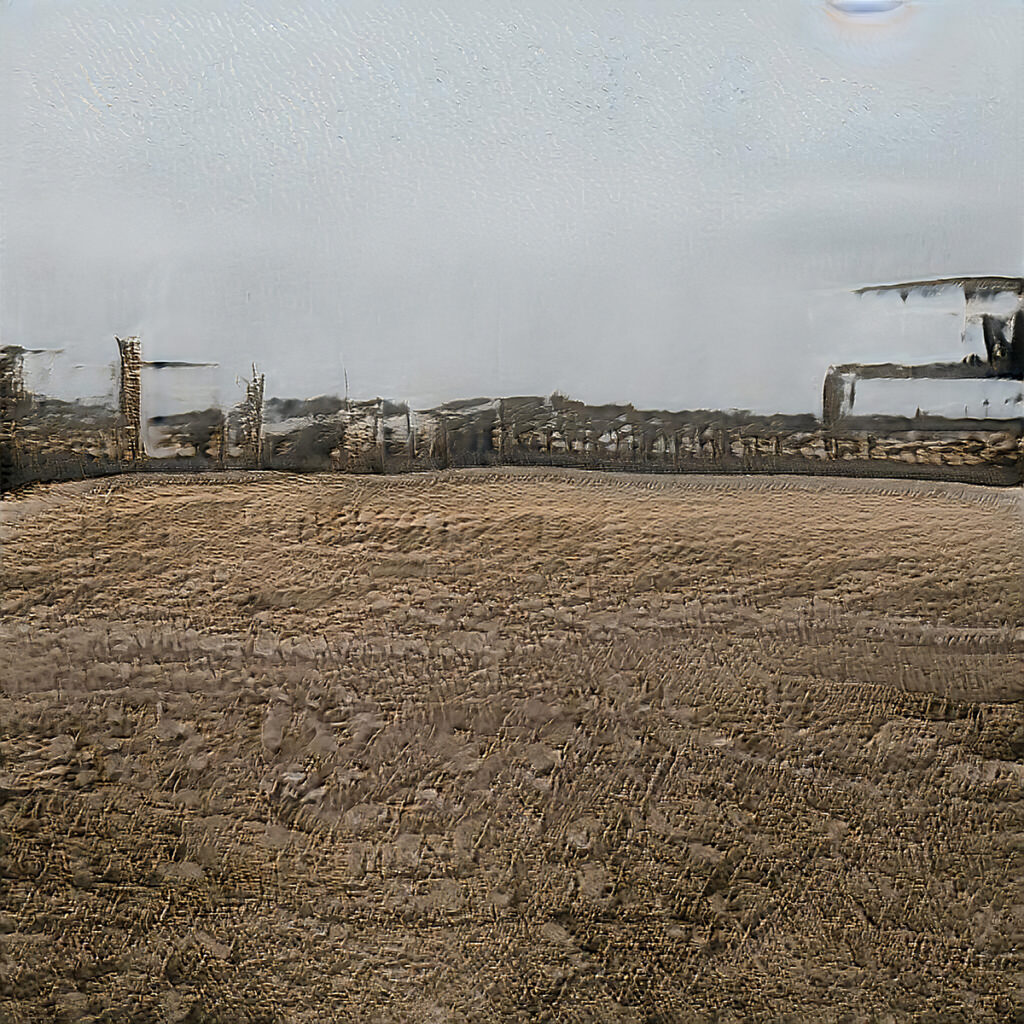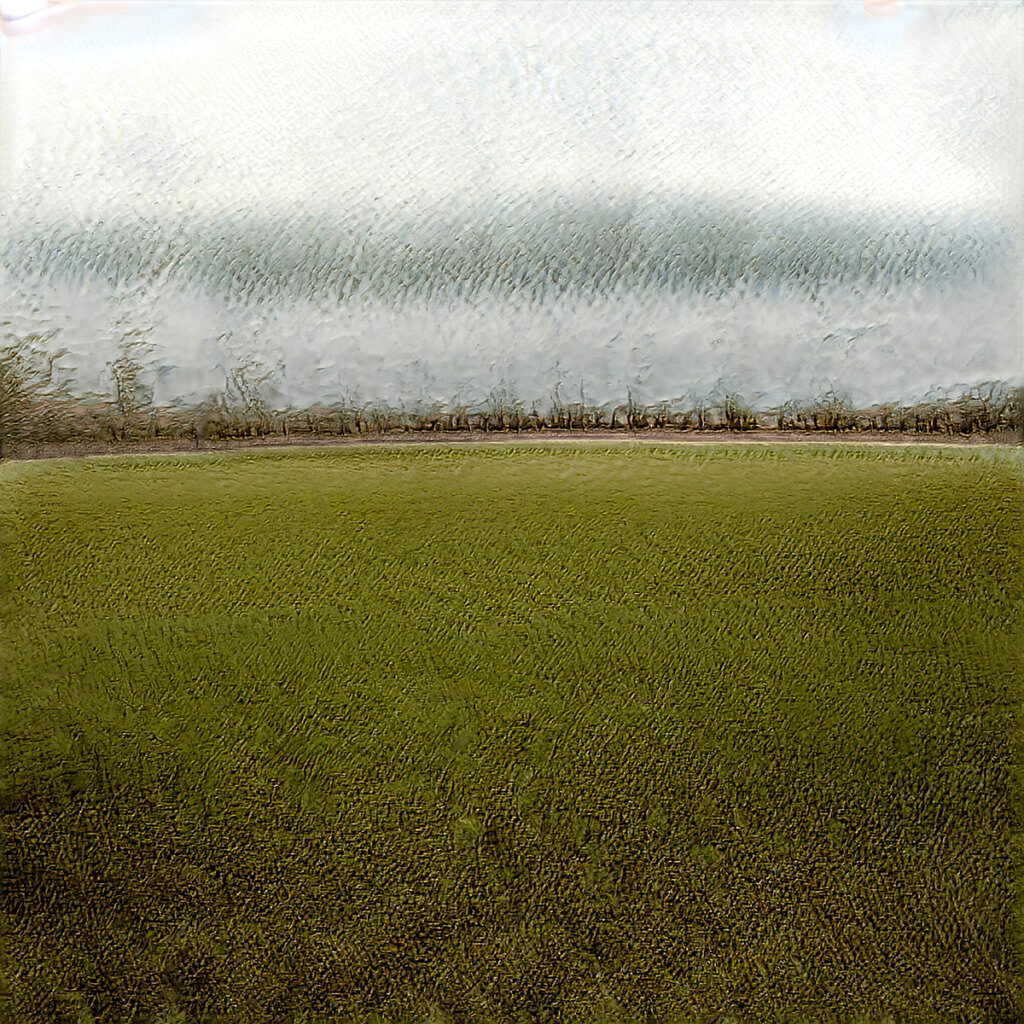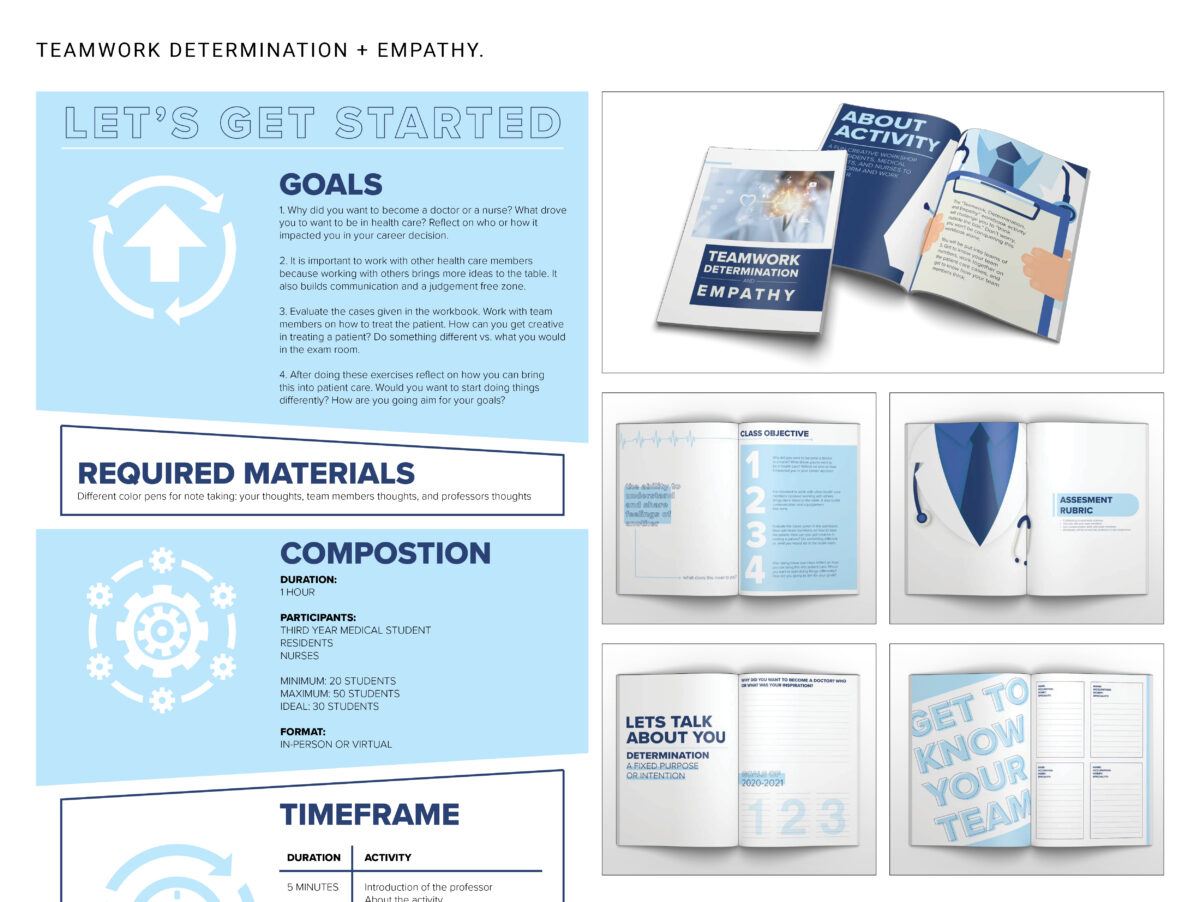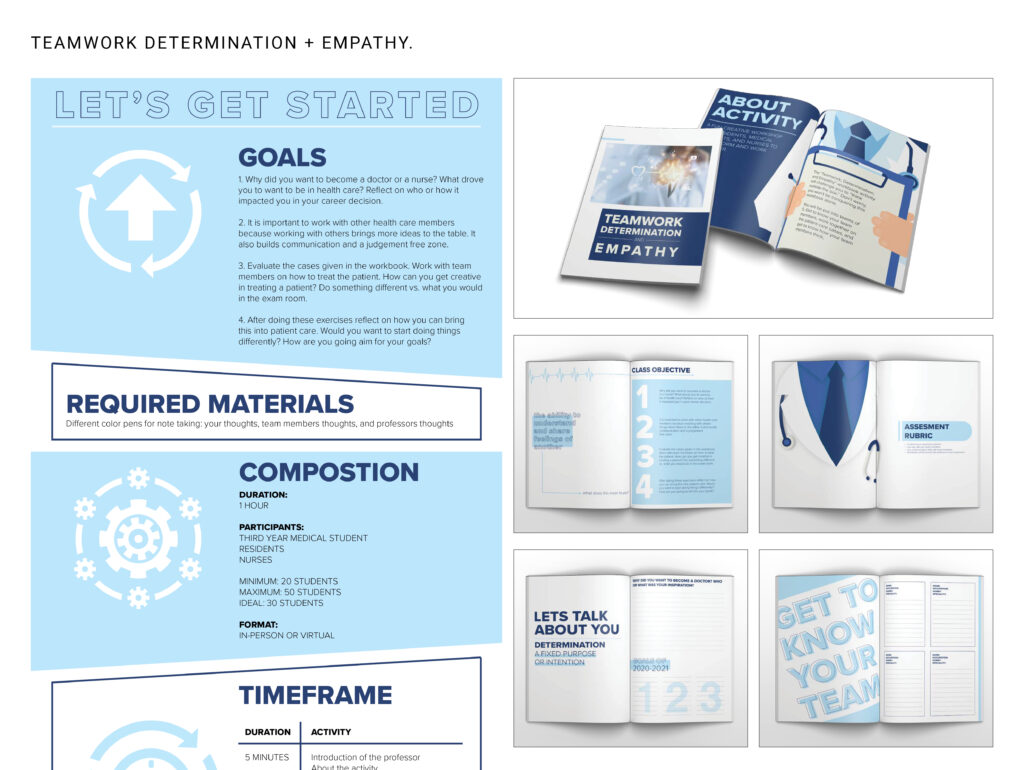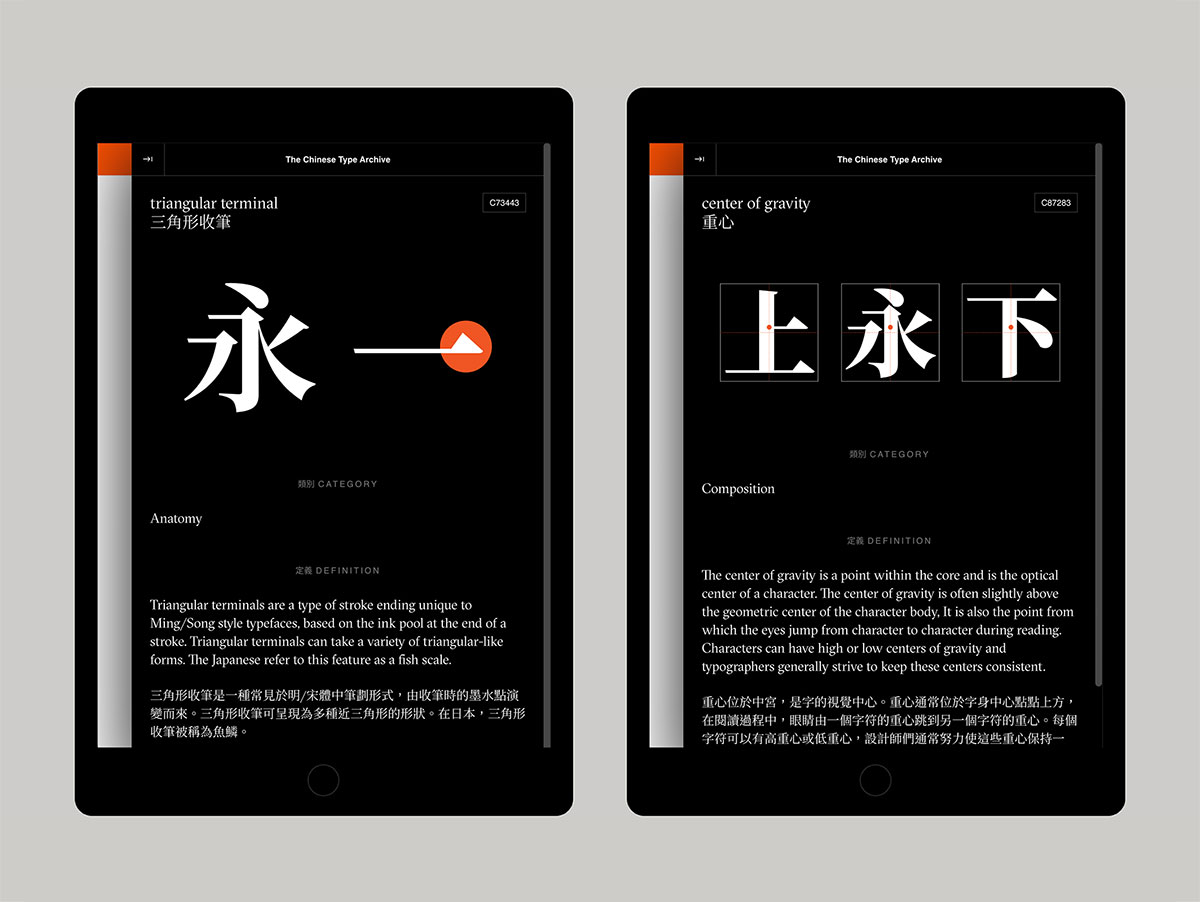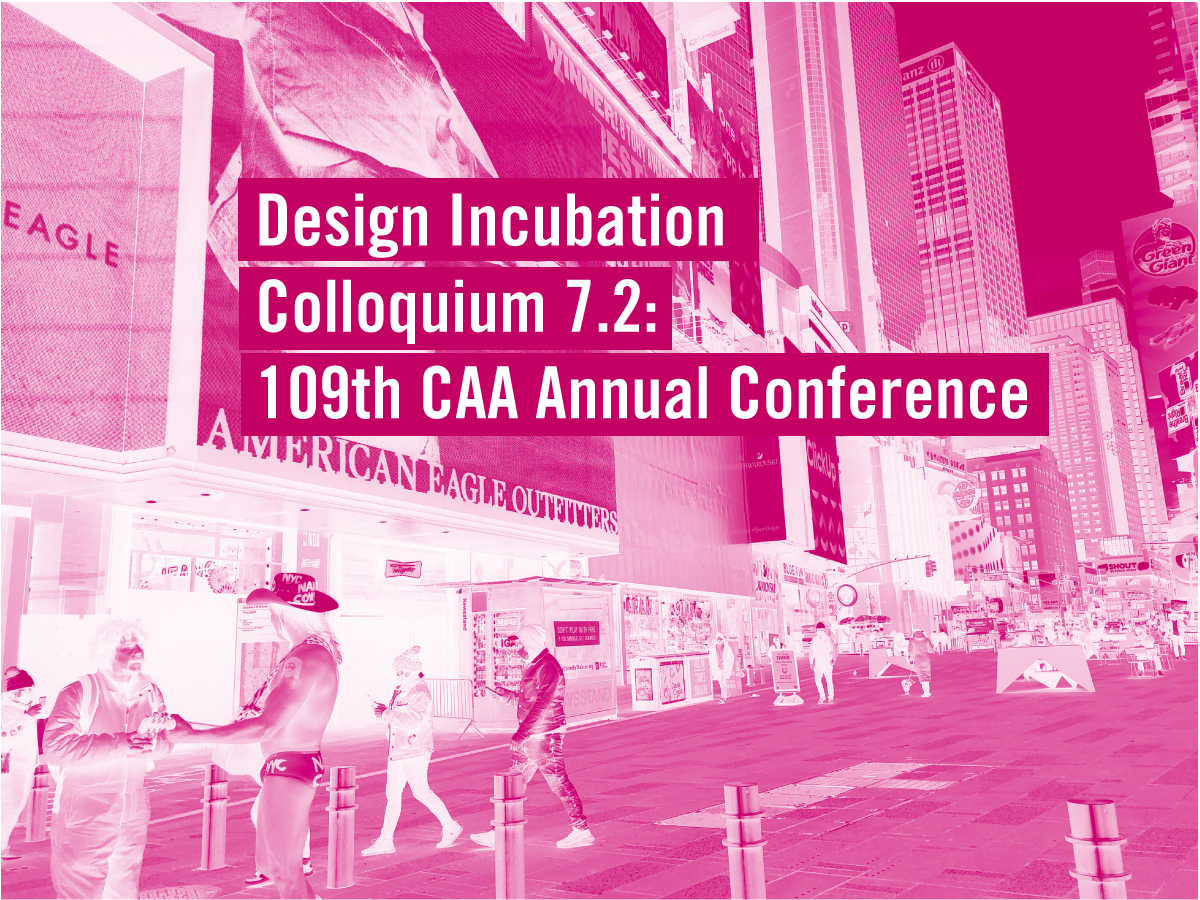Carey Gibbons
Visiting Assistant Professor
Pratt Institute
The publication of Martha Scotford’s “Is There a Canon of Graphic Design History?” (1991), and the broader questioning of the idea of the canon across design history, art history, and other disciplines in recent years, has resulted in a closer examination of the study of communications design history. The need to move beyond the canon of communications design, which tends to emphasize the accomplishments of white male designers and dismisses the potential importance of anonymous works, feels particularly urgent following the Black Lives Matter protests and in light of the increasing attention being given to racial injustice. This presentation discusses the challenges and opportunities associated with designing a communications design history course. How do we avoid a “value this, discard that” attitude while still acknowledging figures whose philosophies or works had a seminal or pivotal impact upon the evolution of the field? How do we cover both mainstream and marginal forms of communications design? Additionally, are we going beyond artistic or formal qualities, and examining communications design as a history of ideas, as advocated by Tibor Kalman, J. Abbott Miller, and Karrie Jacobs in their influential 1991 Print magazine article, “Good History/Bad History”? After examining these questions, I will discuss my recent experience teaching communications design history at the Pratt Institute, where I have increasingly attempted to show that individuals from a variety of races, ethnicities, gender expressions, geographic backgrounds, cultures, and socioeconomic groups have contributed to the field of communications design. I will focus on my students’ experience participating in a class Instagram account (@beyondthecommdesigncanon), which aims to unearth and examine the people and stories of communications design that have been traditionally overlooked and not part of the commonly-taught “canon” of design history.
This research was presented at the Design Incubation Colloquium 7.2: 109th CAA Annual Conference on Wednesday, February 10, 2021.
